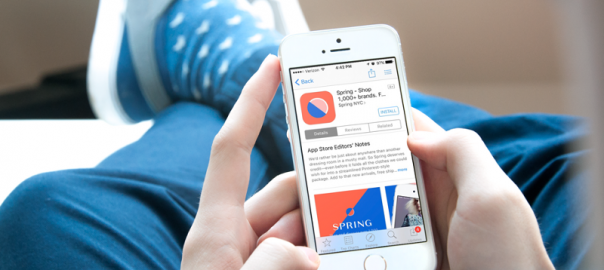Last year, the marketing promotion for the movie Insidious: Chapter 3 included a chatbot where fans could talk on the Kik app with a bot version of a character from the film.
Messenger-like interfaces powered either by bots, humans or ‘machine augmented human intelligence’ has seen an explosion of late across news, customer service and e-commerce. Quartz launched its iPhone app recently, where news snippets are posted in a message-like interface. The fun element is in the contextual response (apparently all the messages are written by people, not bots) and the use of emojis.
Washington Post is said to be developing a bot and consumer brands like Barbie are also adopting the platform. Despite the problems Microsoft’s ‘Tay’ faced, the domain is expected to see more action. Facebook is expected to make a major announcement in this space – probably an online shop and coding tools for chatbots.
It appears that consumer brands are likely to treat it as a customer service platform as the one-to-one personal messaging approach seems to be more consumer-friendly than a public response on social media. With the advent of chatbots, as with most ‘shiny new things’ many are predicting the death of traditional apps for brands. In our view, it is an ‘apples & oranges’ comparison. Here’s why:
– Branded apps never took off in the first place: Aside from utility apps in categories which had to go mobile (e.g. banking, travel) there hasn’t been much activity in the branded apps category. Brands have struggled to provide a reason-why for consumers to download their app and use them regularly.
The exceptions have been few and far between: L’Oreal’s Makeup Genius app, Audi’s Snow Rescuer app in Sweden and Qol Devices respiratory apps come to mind. So it would be wrong to conclude that despite a concerted effort consumers are not using branded apps. The effort was half-hearted in the first place.
– Consumers are spending more time on apps but only on a few: A 2014 Nielsen analysis found that on average, U.S. smartphone users accessed 26.7 apps per month and over 70% of the total usage is coming from the top 200 apps. So there is app fatigue for a variety of reasons – data related expenses, hardware specs, the hassle of discovering apps and so on. Only messenger apps seem to buck the trend.
The chatbots and the messenger based app services have hit the sweet spot because of their perceived convenience. They work well for most transactional interactions – ordering flowers, booking utility services like carpenters and so on.
The speed is the icing on the cake as such transactions are usually done in a few messages. The critical factor to note however is that they work when the interaction is purely transactional – there is no scope to create a brand experience or immersive app usage.
So there will always be scope and space for apps like L’Oreal’s Makeup Genius which not only provides an utility or service but does so in a manner which is a lot more ‘emotional’ and involving for the consumer. So a native app for a restaurant chain, an e-commerce app for a lifestyle brand or a game linked to a brand property will still find a reason to exist. That, is the er…bot-tom line.
An edited version of the article first appeared here.






